|
kellman at berkeley dot edu I am a researcher in the field of computational imaging. Currently, I am a postdoc at University of California San Franscisco working with Prof. Bo Huang. I completed my PhD in the EECS department at University of California Berkeley. I worked on problems in the fields of signal processing, computational imaging, and machine learning and was advised by Prof. Laura Waller and Prof. Michael Lustig. I am the recipient of the NSF graduate research fellowshop and was affiliated with the Berkeley Artificial Intelligence Research Laboratory and the Berkeley Center for Computational Imaging. I am an enthusiast of cooking, baking, fermentation, and being outdoors. |
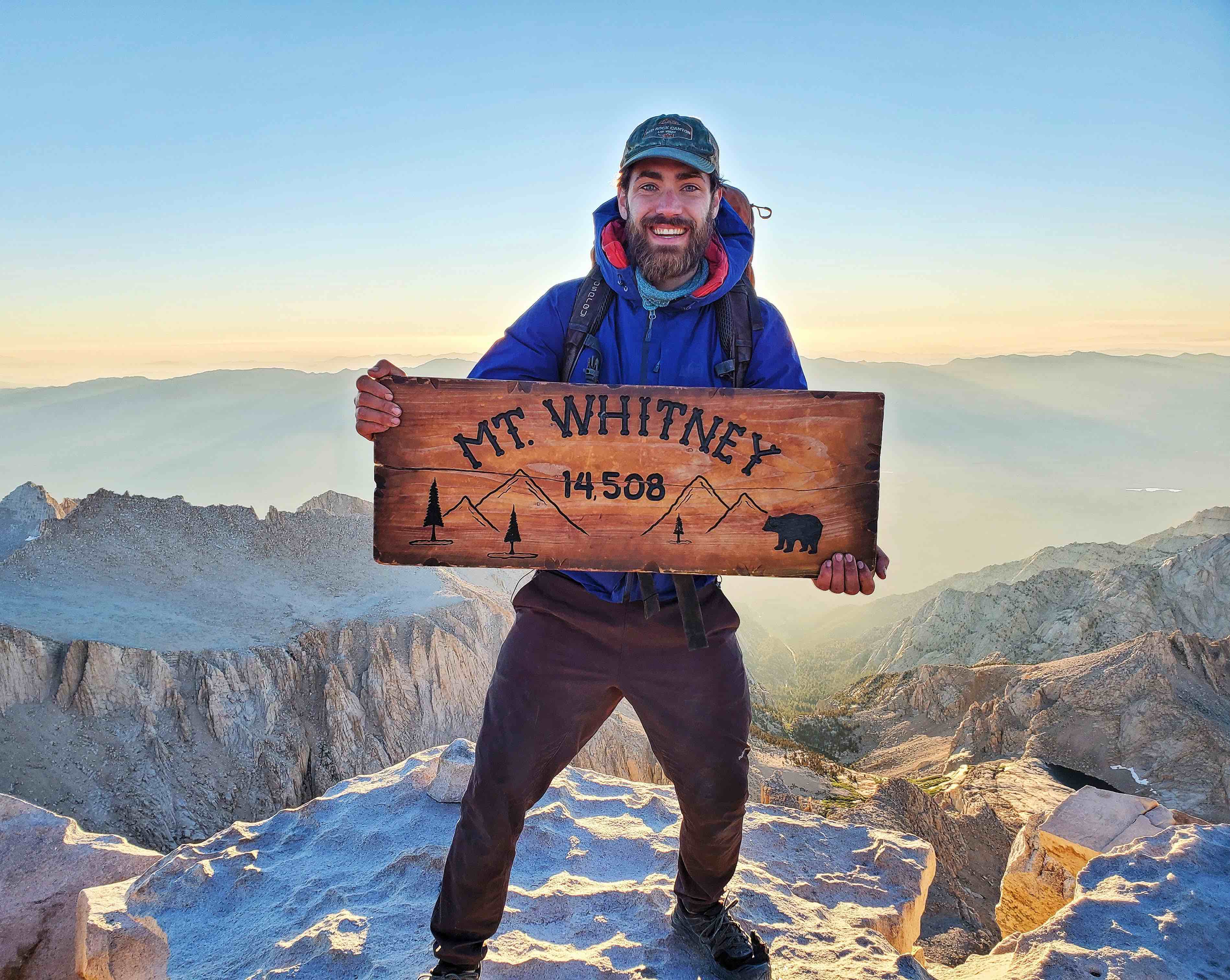
|

|
committee: Laura Waller, Michael Lustig, Ren Ng, Bruno Olshausen In this dissertation, I will detail my work, physics-based learned design, to optimize the performance of the entire computational imaging system by jointly learning aspects of its experimental design and computational reconstruction. As an application, I introduce how the LED-array microscope performs super-resolved quantitative phase imaging and demonstrate how physics-based learning can optimize a reduced set of measurements without sacrificing performance to enable the imaging of live fast moving biology. In this dissertation's latter half, I will discuss how to overcome some of the computational challenges encountered in applying physics-based learning concepts to large scale computational imaging systems. I will describe my work, memory-efficient learning, that makes physics-based learning for large-scale systems feasible on commercially-available graphics processing units. I demonstrate this method on two large-scale real world systems: 3D multi-channel compressed sensing MRI and super-resolution optical microscopy |
|
In broadest terms, the goal of my research is to improve the limitation of modern computational imaging systems. I'm particularly interested in the areas of signal processing, machine learning theory, image reconstruction algorithms, and optical modeling. Specifically, my work is focused on the applications of microscopy and medical imaging. My PhD dissertation topic is data-driven design methods for large-scale computational imaging systems. |
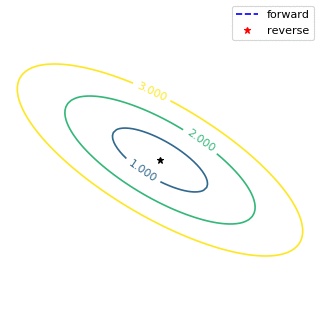 |
Michael Kellman, Kevin Zhang, Eric Markley, Jon Tamir, Emrah Bostan, Michael Lustig, Laura Waller IEEE Transactions on Computational Imaging, 2020. preprint / poster / bibtex Critical aspects such as experimental design and image priors should be optimized through the unrolled iterations of classical physics-based reconstructions (termed physics-based networks). For real-world large-scale systems, computing gradients via backpropagation restricts learning due to the memory limitations of graphical processing units. In this work, we propose a memory-efficient learning procedure that exploits the reversibility of the network's layers to enable data-driven design for large-scale computational imaging (e.g. super-resolution optical microscopy and 3D multi-channel magnetic resonance imaging). |
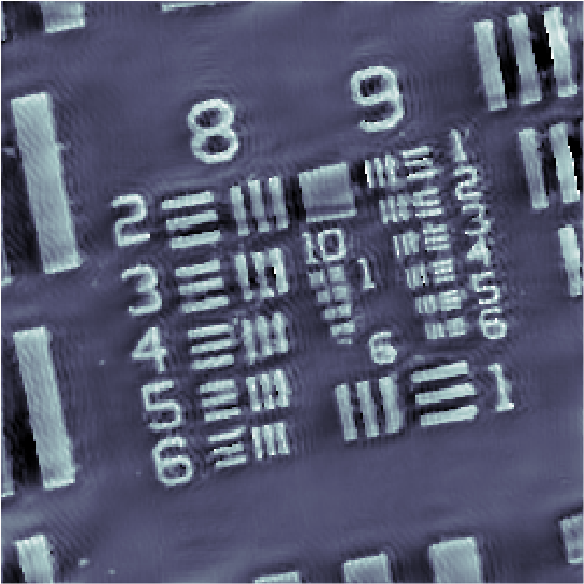 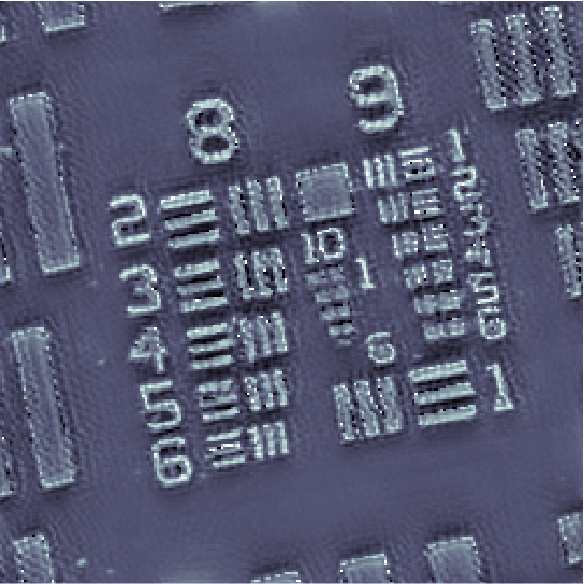
|
Michael Kellman, Emrah Bostan, Michael Chen, Laura Waller IEEE International Conference for Computational Photography, 2019. preprint / poster / bibtex / code We learn experimental design parameters to perform compressed Fourier Ptychography (i.e. super-resolution imaging) on an LED array microscope. This is accomplished by recasting the Fourier Ptychographic image reconstruction as a Physics-based Neural Network and learning the experimental design to optimize the system's overall performance. |
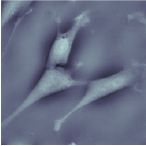 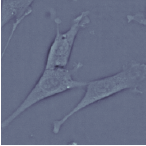
|
Michael Kellman, Emrah Bostan, Nicole Repina, Laura Waller IEEE Transactions on Computational Imaging, 2019. blog / poster / bibtex We present a novel data-driven experimental design method to optimize the end-to-end performance of a computational imaging system. By unrolling the iterations of an image reconstruction we build a network that is parameterized by the system's experimental design and that incorporates both the system physics of measurement formation and the non-linearities of the reconstruction. We demonstrate our methodology by learning how best to capture measurements for quantitative phase imaging on the LED array microscope. |
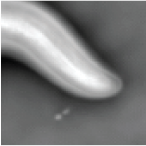 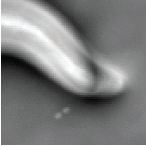
|
Michael Kellman, Michael Chen, Zachary Phillips, Michael Lustig, Laura Waller Biomedical Optics Express (BOEx), 2018. talk / poster / video / bibtex The temporal resolution of quantitative phase imaging with Differential Phase Contrast (DPC) is limited by the requirement for multiple illumination-encoded measurements. This inhibits imaging of fast-moving samples. We present a computational approach to model and correct for non-rigid sample motion during the DPC acquisition in order to improve temporal resolution to that of a single-shot method and enable imaging of motion dynamics at the framerate of the sensor. |
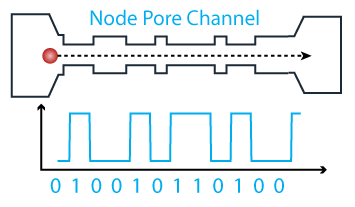
|
Michael Kellman, Francios Rivest, Alina Pechacek, Lydia Sohn, Michael Lustig IEEE Sensors Journal, 2018. poster / code / data / bibtex Using communication theory and detection theory, we create a Barker-coded high-throughput microfluidic channel. We jointly design the channel's system response and cell detection heuristic to efficiently resolve coincidence events by way of an inverse problem formulation. This work is done in collaboration with the Sohn Lab. |
|
|
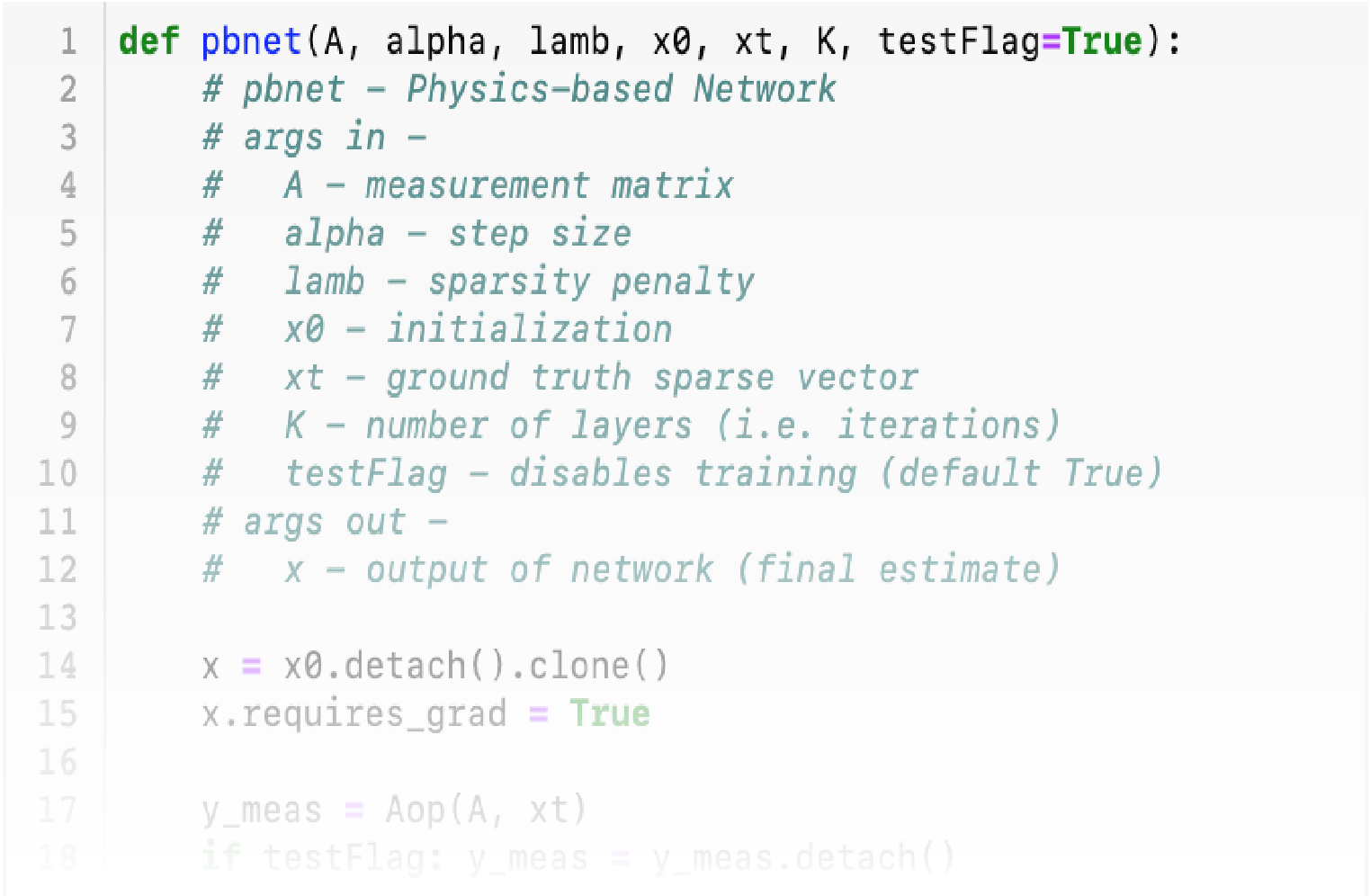
|
Michael Kellman, Michael Lustig, Laura Waller code / tutorial The goal of this tutorial is to explain step-by-step how to implement physics-based learning for the rapid prototyping of a computational imaging system in Pytorch. We provide a basic overview of physics-based learning, the construction of a physics-based network, and its reduction to practice. |
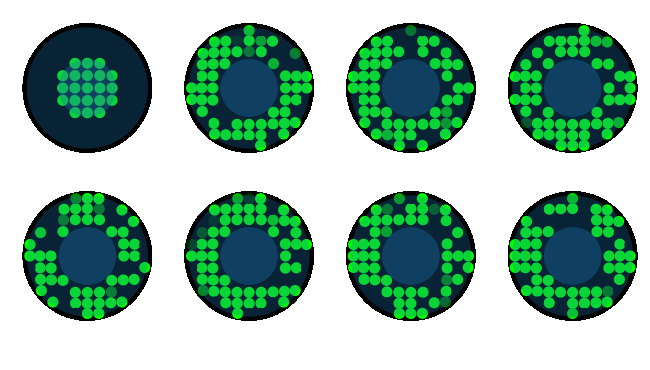
|
Aug. 1 2019 Want to learn the experimental design for your computational imaging system? Checkout our code on github to learn the best LED patterns for Fourier Ptychographic microscopy. |
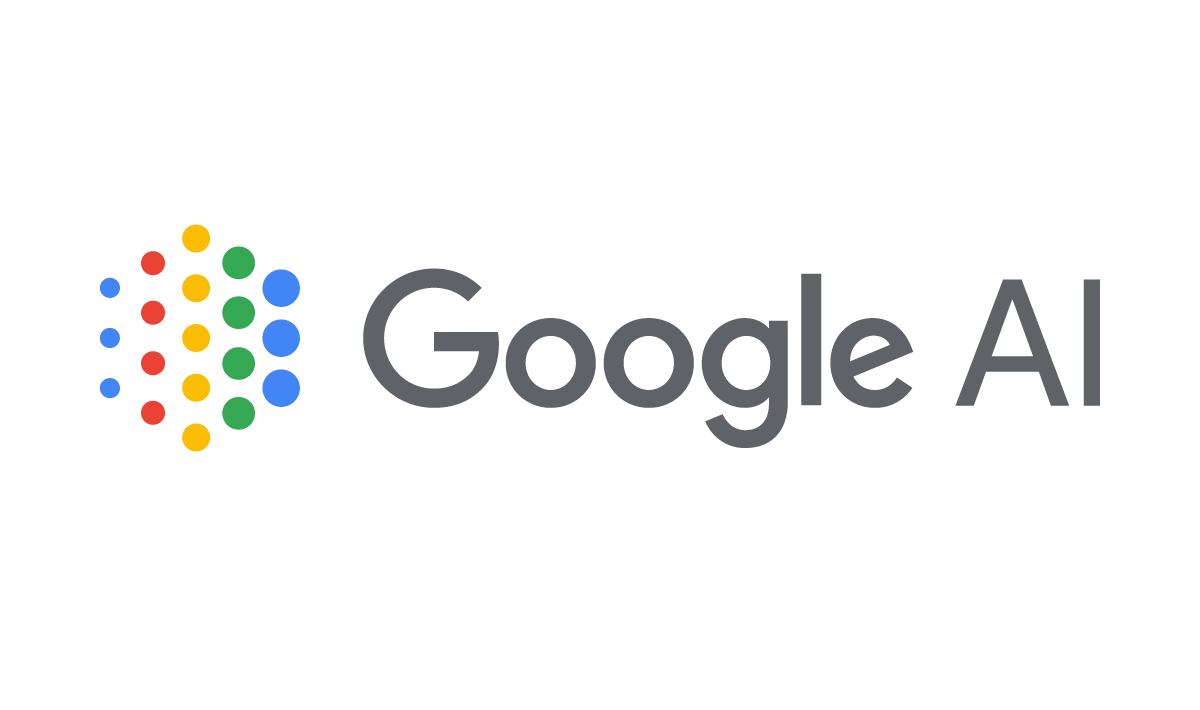
|
Apr. 2, 2019 I am working this summer on at Google as a research intern. |
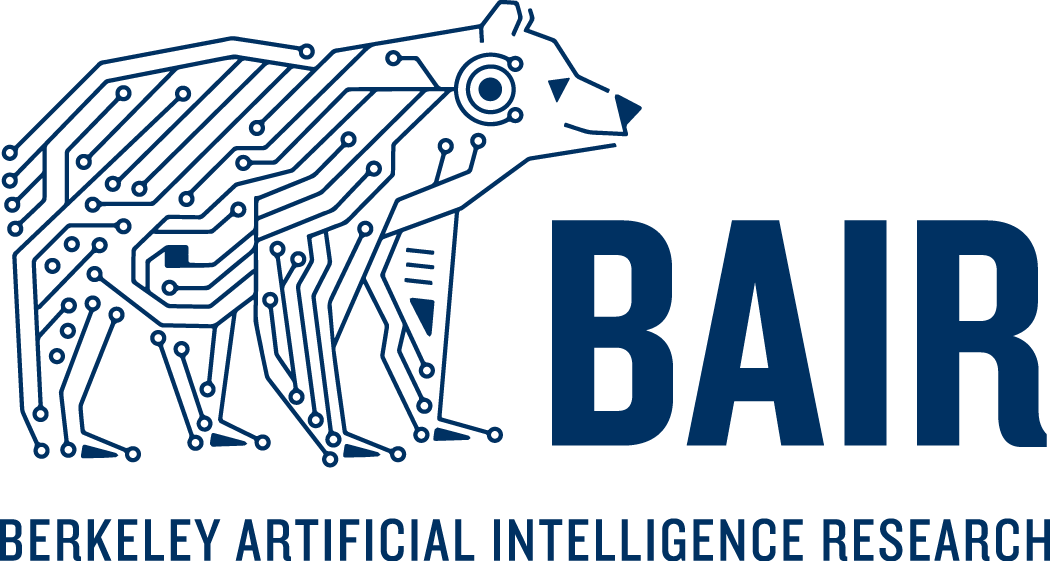
|
Michael Kellman, Emrah Bostan, Laura Waller Nov. 26, 2018 Computational imaging systems marry the design of hardware and image reconstruction. For example, in optical microscopy, tomographic, super-resolution, and phase imaging systems can be constructed from simple hardware modifications to a commercial microscope and computational reconstruction. Traditionally, we require a large number of measurements to recover the above quantities; however, for live cell imaging applications, we are limited in the number of measurements we can acquire due to motion. Naturally, we want to know what are the best measurements to acquire. In this post, we highlight our latest work that learns the experiment design for a non-linear computational imaging system. |
|
|
|
Template borrowed from Jon Barron. |